|
On July 1st, 1981, 40 years ago, Singapore Changi Airport opened for traffic. The airport went on to become a consistent favorite with travelers, winning the "World's Best Airport" title for eight years in a row (2013-2020). In a larger context, Changi Airport has played a pivotal role in cementing Singapore's role as a regional hub of trade and commerce. In this short article, we will show you a few rare images from the airport's planning phase and very early years of operation. You might learn a thing or two about your favorite airport that you didn't know before! THE NEED FOR A NEW AIRPORT As the Singaporean economy rapidly grew in the 1960s, traffic at Paya Lebar Airport, the nation-state's only civil airport, boomed as well. Even though Paya Lebar was opened as recently as 1955, by the early 1970s, it became clear that the airport could not accommodate Singapore's long-term air traffic needs; due to urban encroachment, the airport, which only had one runway, could not expand and noise issues were becoming an increasing concern. As a result, in 1975, the Singaporean government took the decision to build a brand-new airport that could serve the country's needs well into the 21st century. The airport would be built at the far eastern tip of the island, which was already the site of Changi Airbase. After completion of the new airport, Paya Lebar would be converted to a military air base. A very rare 1958 color image of Changi Airbase--then called RAF Changi--whose origins date back to World War II. The new airport would be built east of the base (to the left of the image) and bear its name. A total of 200 hectares of swamp land would need to be cleared, and 870 hectares of land needed to be reclaimed from the sea. The great advantage of the location was that both landings and takeoffs would be over water. The main runway visible in the image would become the future airport's western runway. An extremely rare document: the original 1976 Master Plan for the future Changi Airport. The master plan envisaged two parallel runways, which would make Changi only one of a handful of civil airports in the Asia Pacific region to have two runways. The master plan envisaged three passenger terminals, each boasting a capacity of 10 million annual passengers. The plan even had a strategic reservation for a future Terminal 4. With the wisdom of hindsight, we now know that was no luxury! Did you know?
Both the 1976 Master Plan and the design for Terminal 1 were prepared by NACO Netherlands Airport Consultants, the same company that designed Amsterdam's Schiphol Airport.
At the time, Schiphol was a state-of-the-art international transfer hub, receiving the highest praise from passengers and airlines, something the Singaporean government was eager to emulate. Another unique image: a 1976 model of Changi's future passenger terminal area in its final buildout. The terminal layout shown here was not far off from what ended up being built. A major difference with the model is that in the 1990s, piers were added to Terminal 2, and the piers of Terminal 1 were extended. This was due to transfer traffic being much higher than anticipated, leading to an increased need for aircraft gates. Another difference is that in the model the terminals are connected by means of pedestrian bridges. Instead of this, an Automated People Mover (APM) was built. Construction is in full swing in this aerial view, taken in early 1980. Sea-fill and earth fill started in April 1976 and were completed by May 1977. The foundation stone for Terminal 1 was laid in August 1979. At one point, more than 2,500 workers were employed at the site. The total construction cost of Phase 1 was SGD 1.3 billion (USD 964 million)--a hefty sum, let alone 40 years ago! An aerial image of Changi Airport's Terminal 1, ca. 1984. Terminal 1 had an annual capacity of 10 million passengers and featured 22 gates equipped with passenger boarding bridges, a luxury only found at a few airports in Asia at the time. In 1982, its first full year of operation, Changi Airport handled 8.6 million passengers and 217,000 tonnes of cargo. By 2019, this had grown to a whopping 68.3 million passengers and 2.01 million tonnes of cargo. An early 1980s interior view of the check-in hall in Terminal 1. The terminal featured six check-in islands and 120 check-in counters. Terminal 1 had 32 shops and seven food and beverage outlets--a good number for a large, modern airport terminal at the time, but not by today's standards where food and beverage has become the money maker for airports. Today there are 140 F&B outlets serving up various cuisines across all four terminals. Like this article? Support us by donating just $2.95 and receive a fascinating Changi download! For the price of a cup of coffee you can help our mission to protect & preserve the heritage of the world's great airports!
As a token of our thanks you will receive a fascinating digitized 28-page brochure from 1980 introducing the 'future' Changi Airport!
A 1981 exterior view of the newly-built Terminal 1, which at the time cost SGD 250 million (USD 185 million) to build. In 1981, Changi handled 6,888,000 passengers. Did you know?
In its first two weeks of operation, 250,000 visitors – or 10% of the entire population of Singapore back then – visited the airport. An aerial of Changi Airport, taken ca. 1986, showcasing its orderly, master planned layout. In the middle of the image, earthworks are underway for the construction of Terminal 2. Are you able to spot the remnants of the old RAF Changi? Another view of Terminal 1 during rush hour. To the right we can see the Mylar Cord Waterfall that “rained down” in Terminal 1 for 31 years, until it was replaced in 2012 with the Kinetic Rain installation. Passengers awaiting their flight at one of the gates. Changi Airport's signage was also inspired by that of Amsterdam's Schiphol Airport--but whereas Schiphol has the yellow bright signs with black letters, this was inverted for Changi. A vintage view of the baggage reclaim area of Terminal 1. A 1986 view, looking northwest towards Terminal 1. Changi was only the third airport in the Asia Pacific region to feature an aircraft taxiway bridge. Which airports had them first, you ask? You can find out the answer here! BONUS: A fascinating video from the National Archives of Singapore, covering the airport's design, construction and early years of operation. What are your thoughts about Singapore's Changi Airport? Leave your comments below! More airport articles: Click here Want more stunning airport photos & stories?
Sign up to our newsletter below to know when new content goes online! I want to extend a special thanks to Hein Baijer for making available the NACO materials.
0 Comments
Following last week's very popular Memphis post, we want to share some more very rare images with you, this time of Portland International Airport in 1963.
They were part of the same batch as the Memphis images. This time it concerns all exterior shots. There is relatively little historical material on "PDX" out there from the early days--let alone in full color--with the exception of the obligatory postcard. Even if it's just a few images, they are so unique that we thought it was worth a little standalone post. Now, let's have a look! You can click the images to enlarge.
An exterior view of Portland's terminal building, which opened in 1959. The terminal cost USD 4.25 million and took two years to build.
A view of the airport parking lot taken from the airport control tower. Parking was a breeze in those days!
A ramp view looking toward the terminal building. A Northwest DC-4 is parked at the concourse. Other major operators at PDX were United Airlines, Western Airlines, and West Coast Airlines, the last of which served local feeder routes. I just love those ramp lights!
A view of the northern concourse, which was used by United Airlines. Later on in the 1960s the concourses were fitted with boarding bridges.
We end with this view looking west toward the southern concourse. This concourse was completely rebuilt in 1973.
We hope you enjoyed these vintage images of Portland Airport. There's a LOT more where that came from so make sure you sign up for the newsletter to know when new content goes online!
If you're interested in purchasing large, high-quality versions of some of the images above, then please visit the AirportHistory Digital Library.
Want more stunning airport photos and stories?
Sign up to our newsletter below to know when new content goes online! A full house at Melbourne's Tullamarine airport including two Queens back to back in the foreground. In October 1973, a strike by government communications technicians in Sydney shut down virtually all air traffic in south-eastern Australia forcing Qantas and several international airlines to move its flights to Melbourne. Singapore Airlines Boeing 747-231B 9V-SIB shares taxiway S with KLM Boeing 747-206B PHBUA. This aircraft was KLM’s first Jumbo and just one month after this photo would be hijacked by Palestinian terrorists. After touring much of the Mediterranean and the Middle East, the hijackers left the aircraft and passengers unharmed in Dubai.
|
With a title inspired by the setting of the iconic 70s film "Airport", this blog is the ultimate destination for airport history fans.
Categories
All
About me
Marnix (Max) Groot Founder of AirportHistory.org. Max is an airport development expert and historian. |

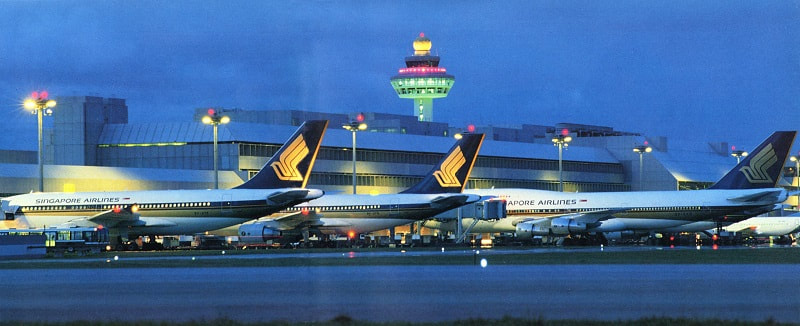
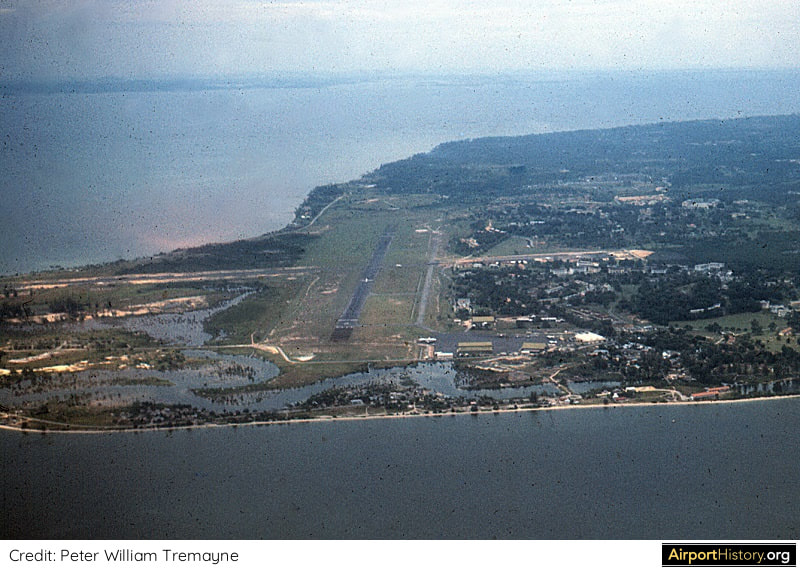
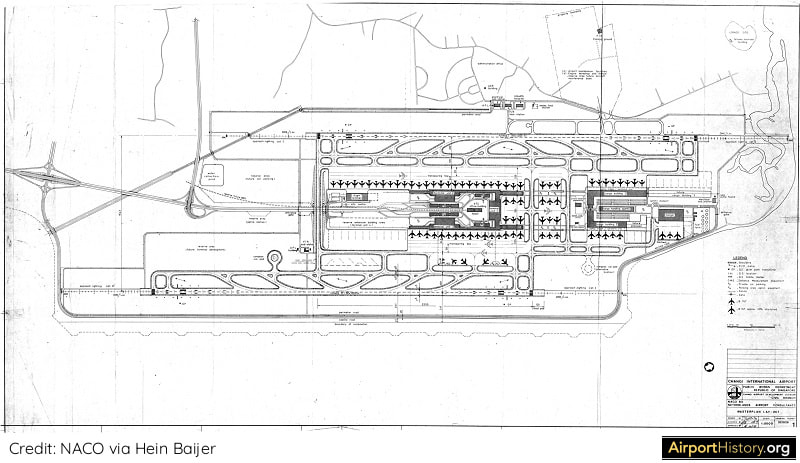
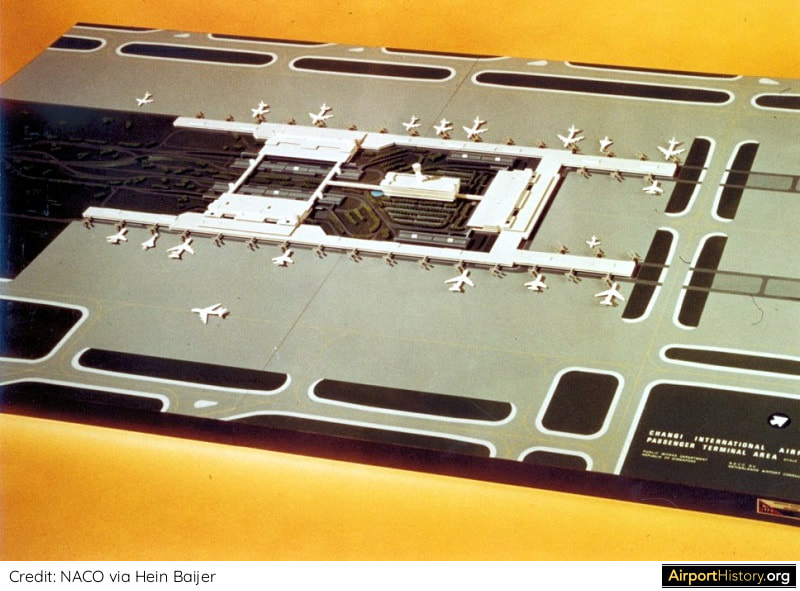
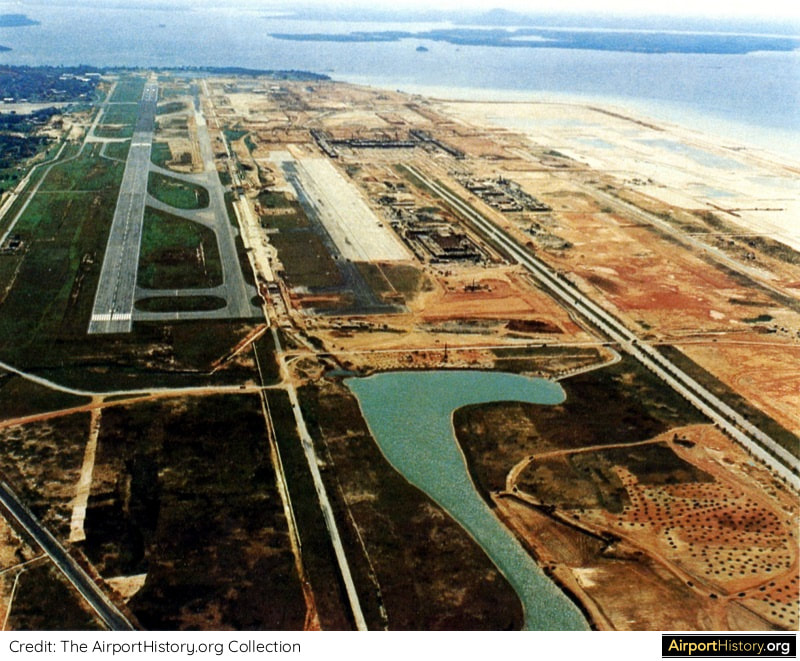
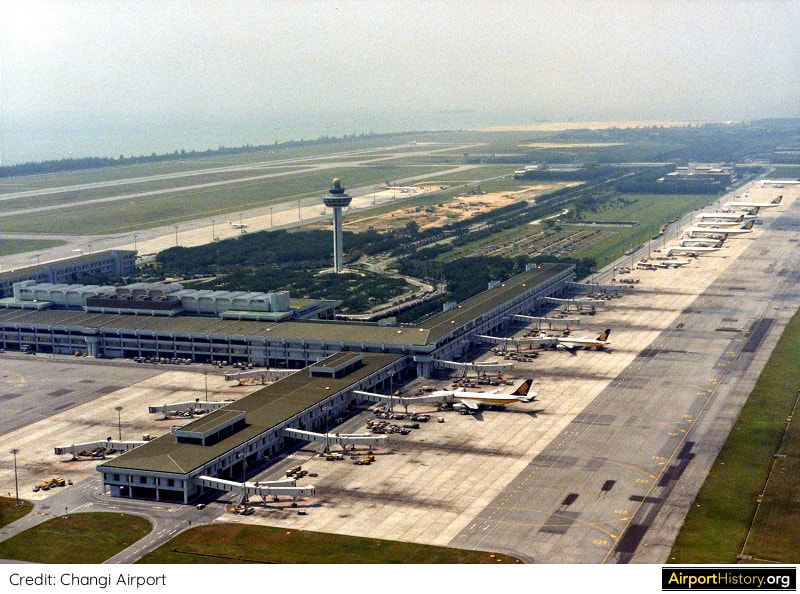
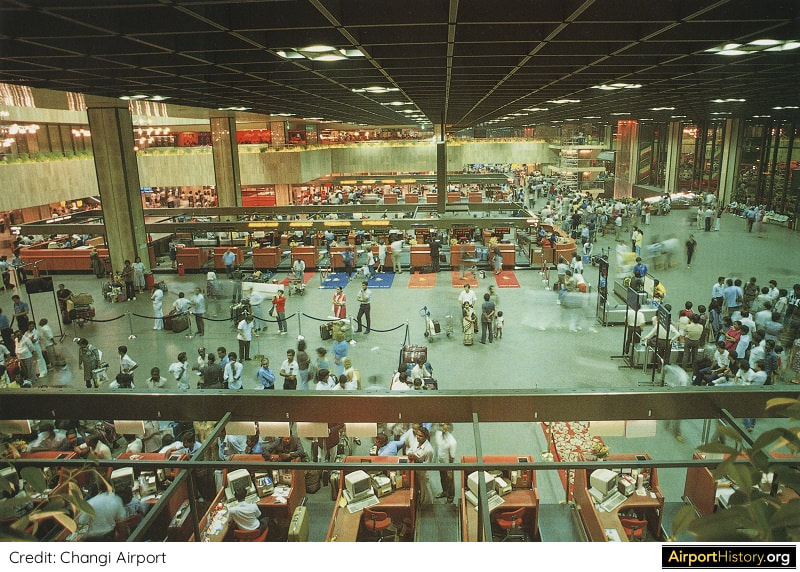
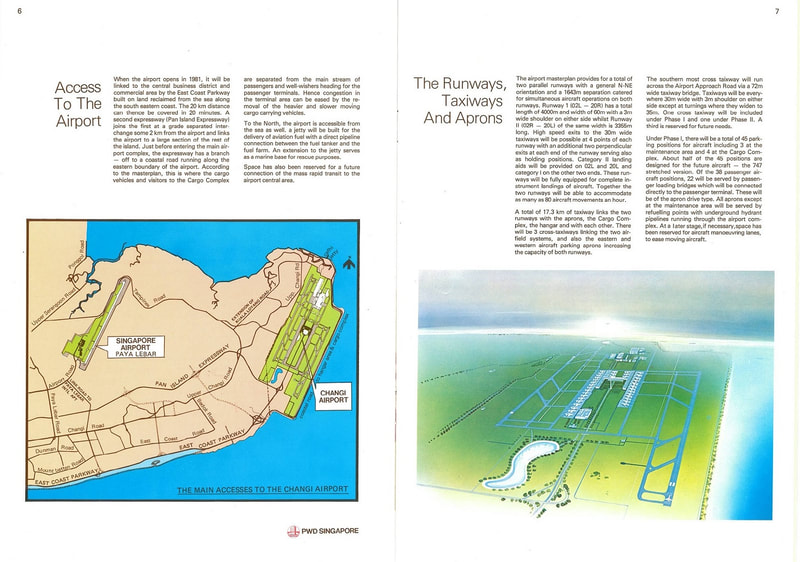
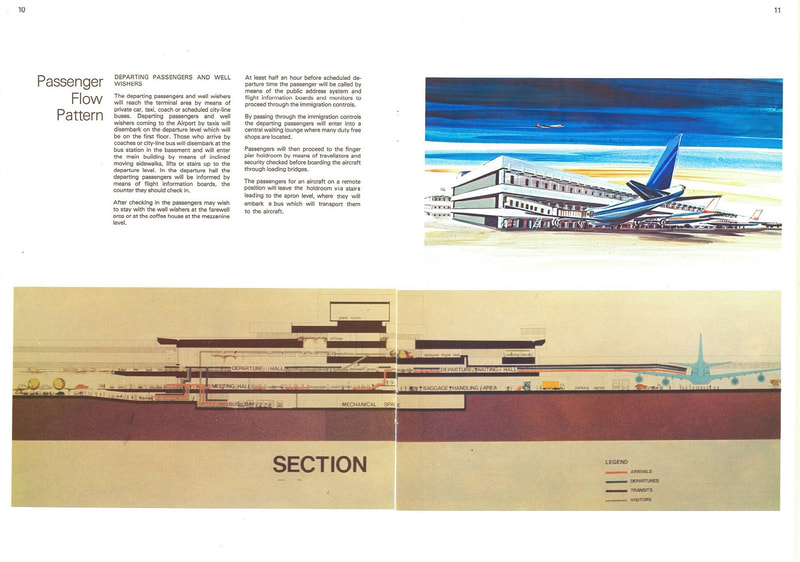

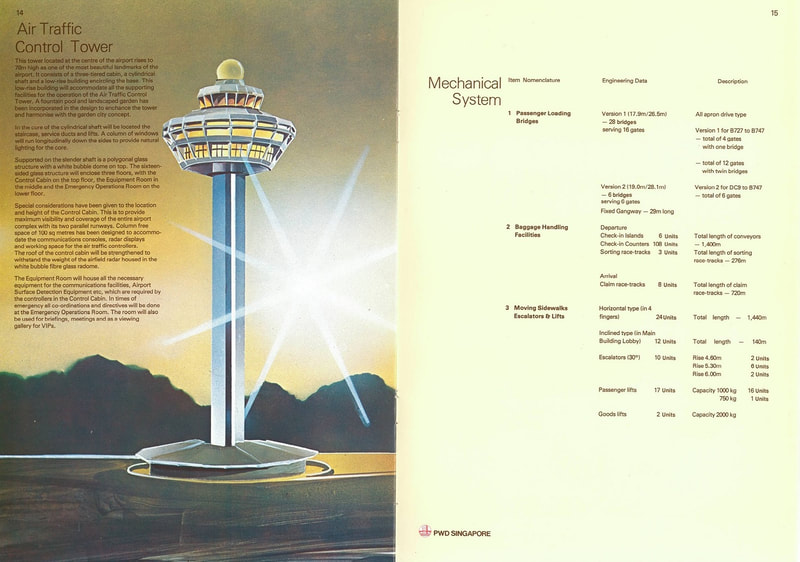
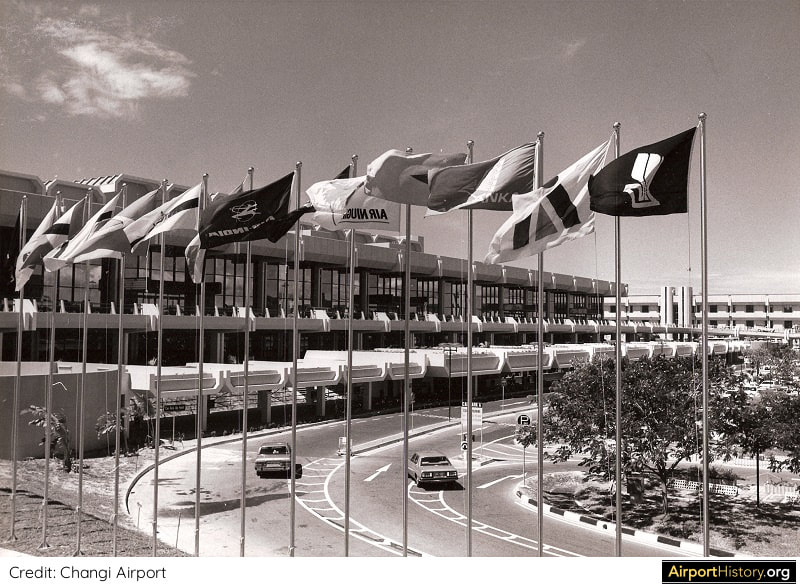
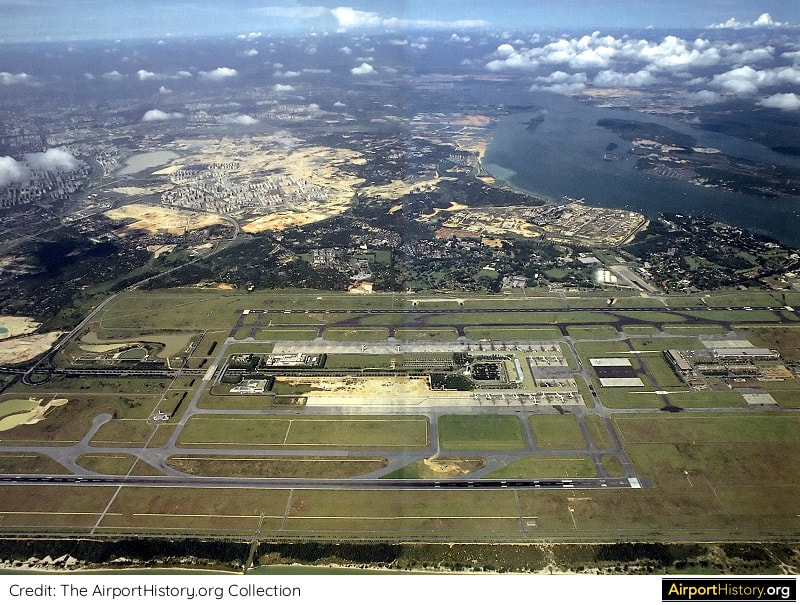
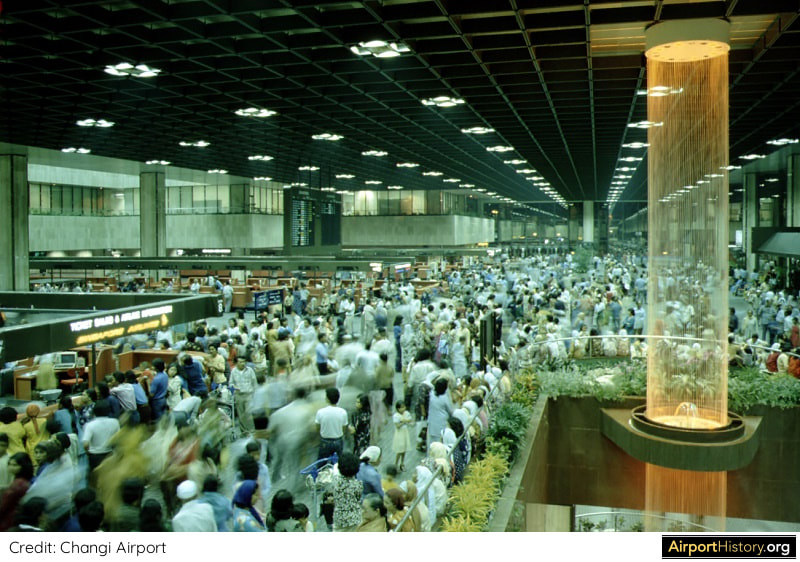
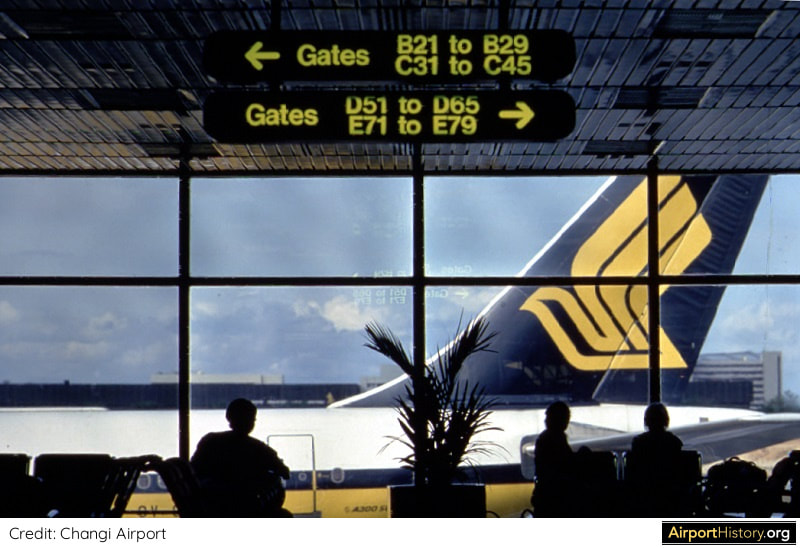
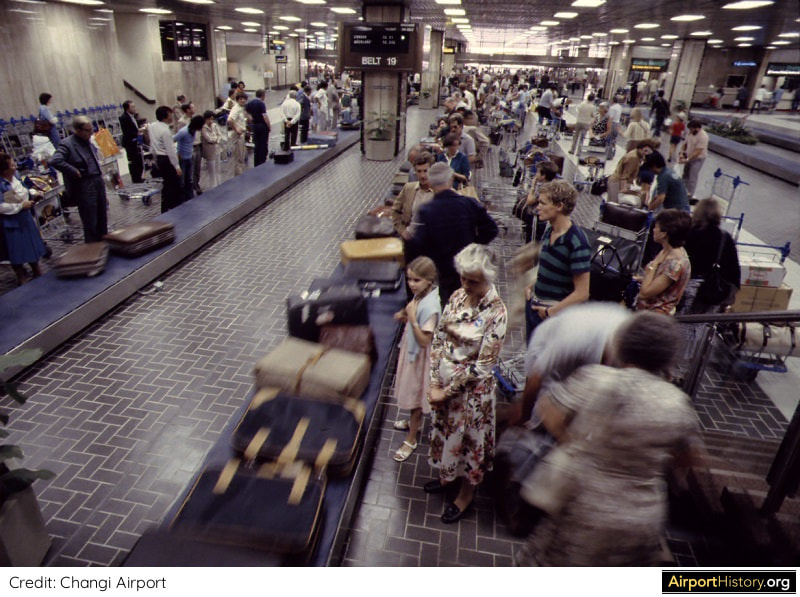
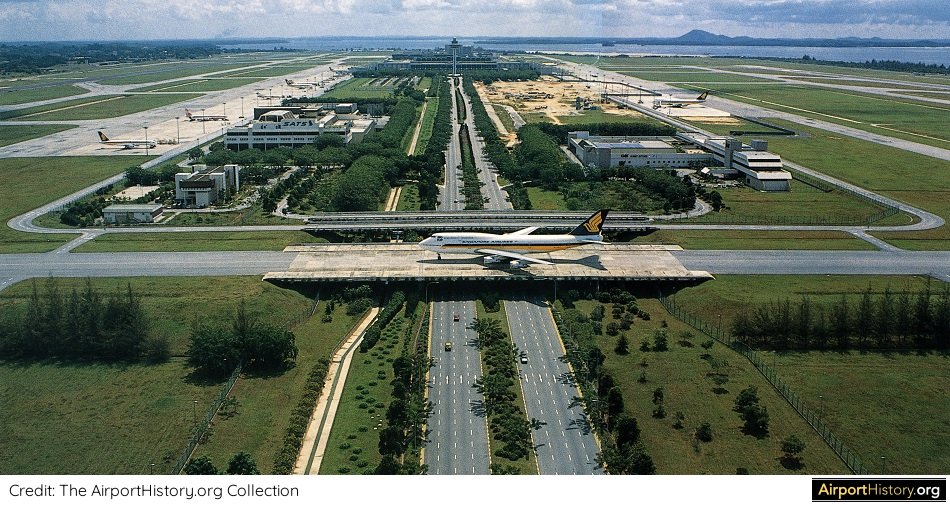

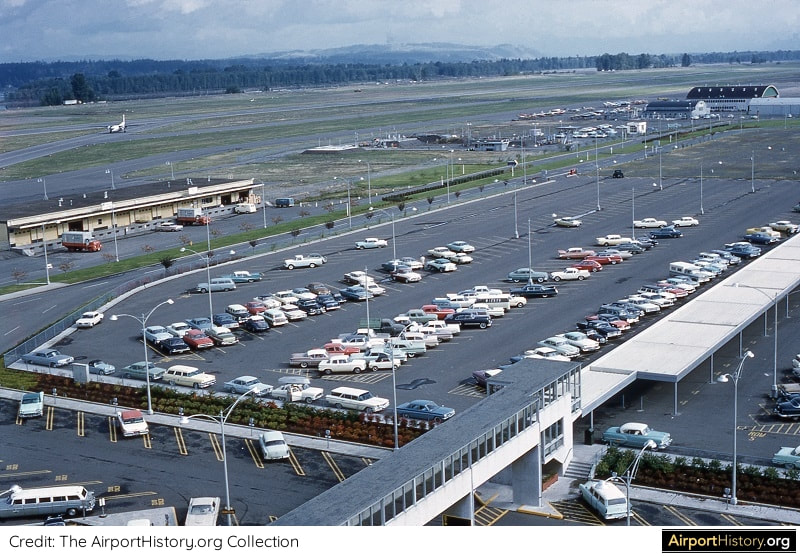
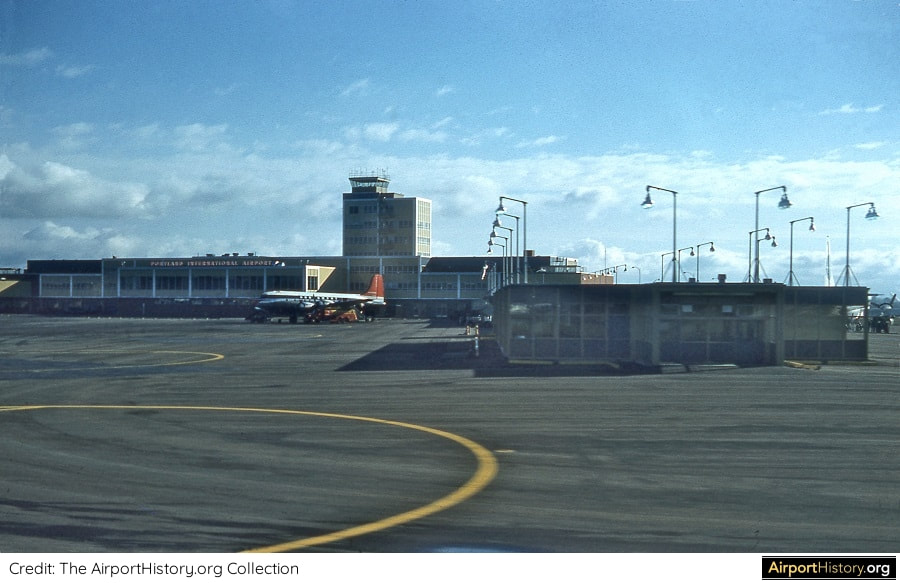
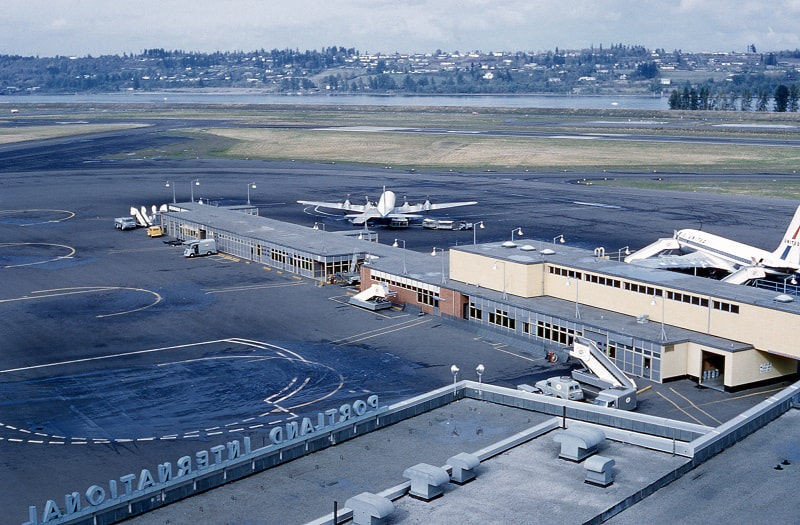

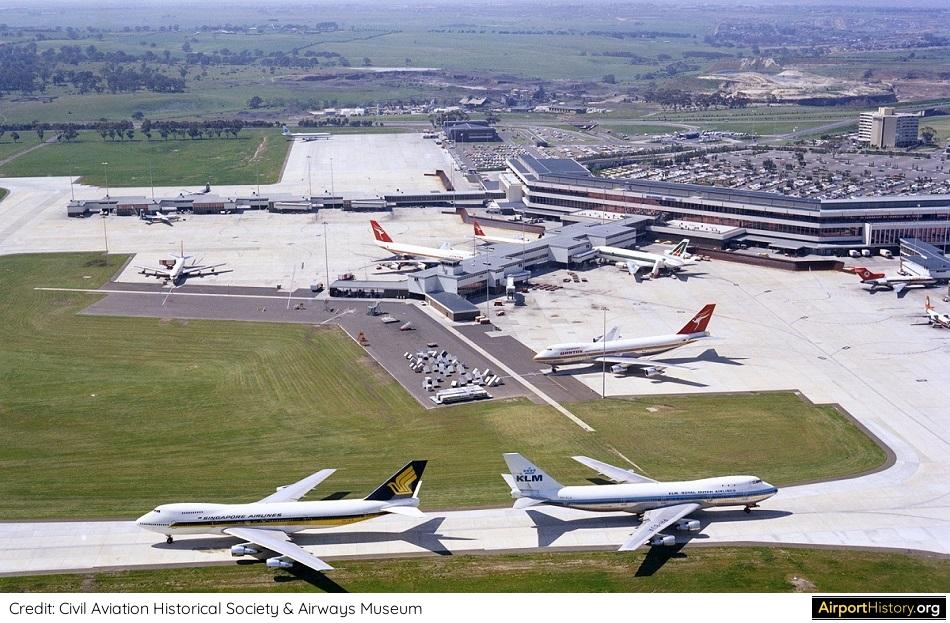
 RSS Feed
RSS Feed